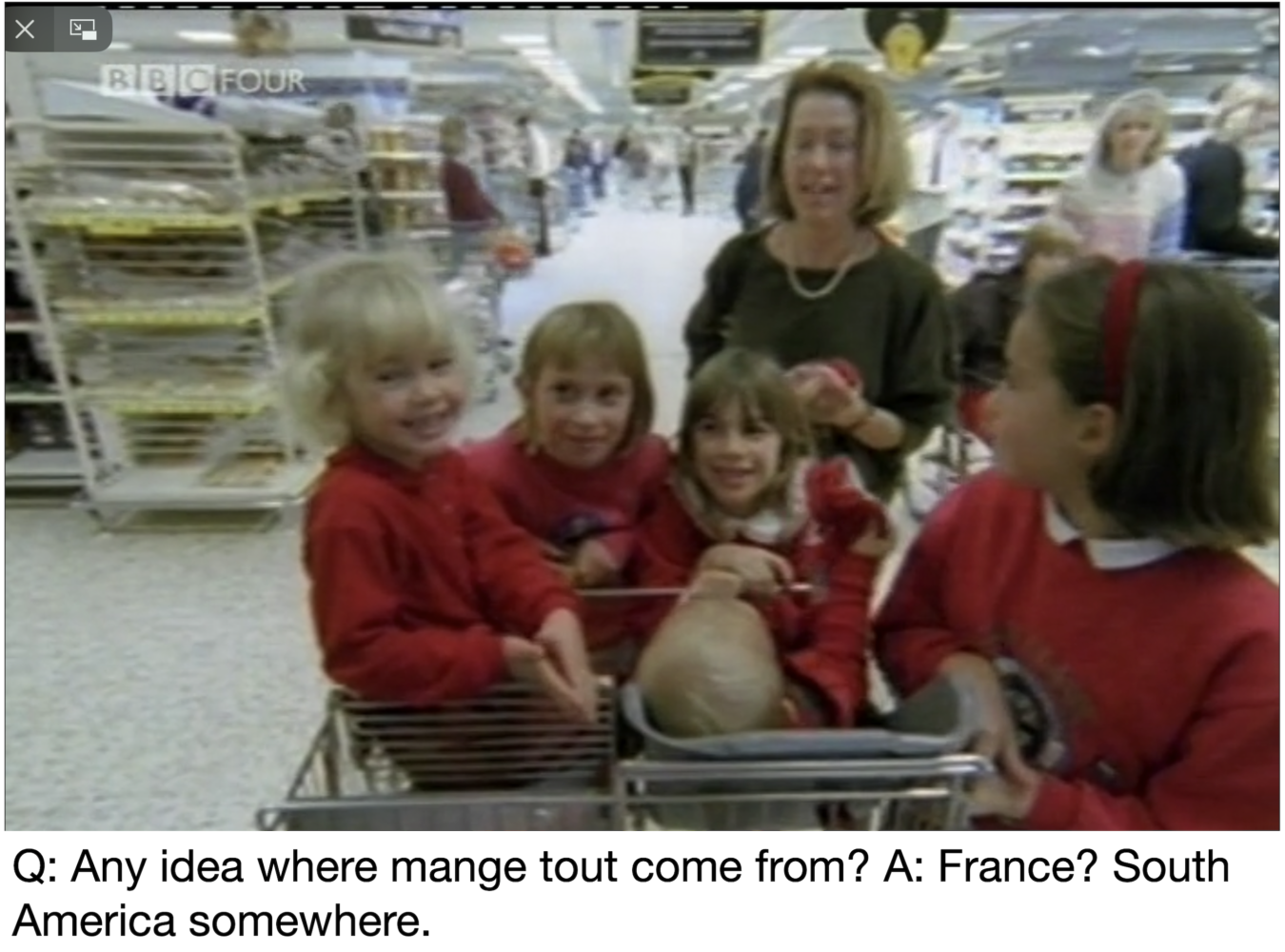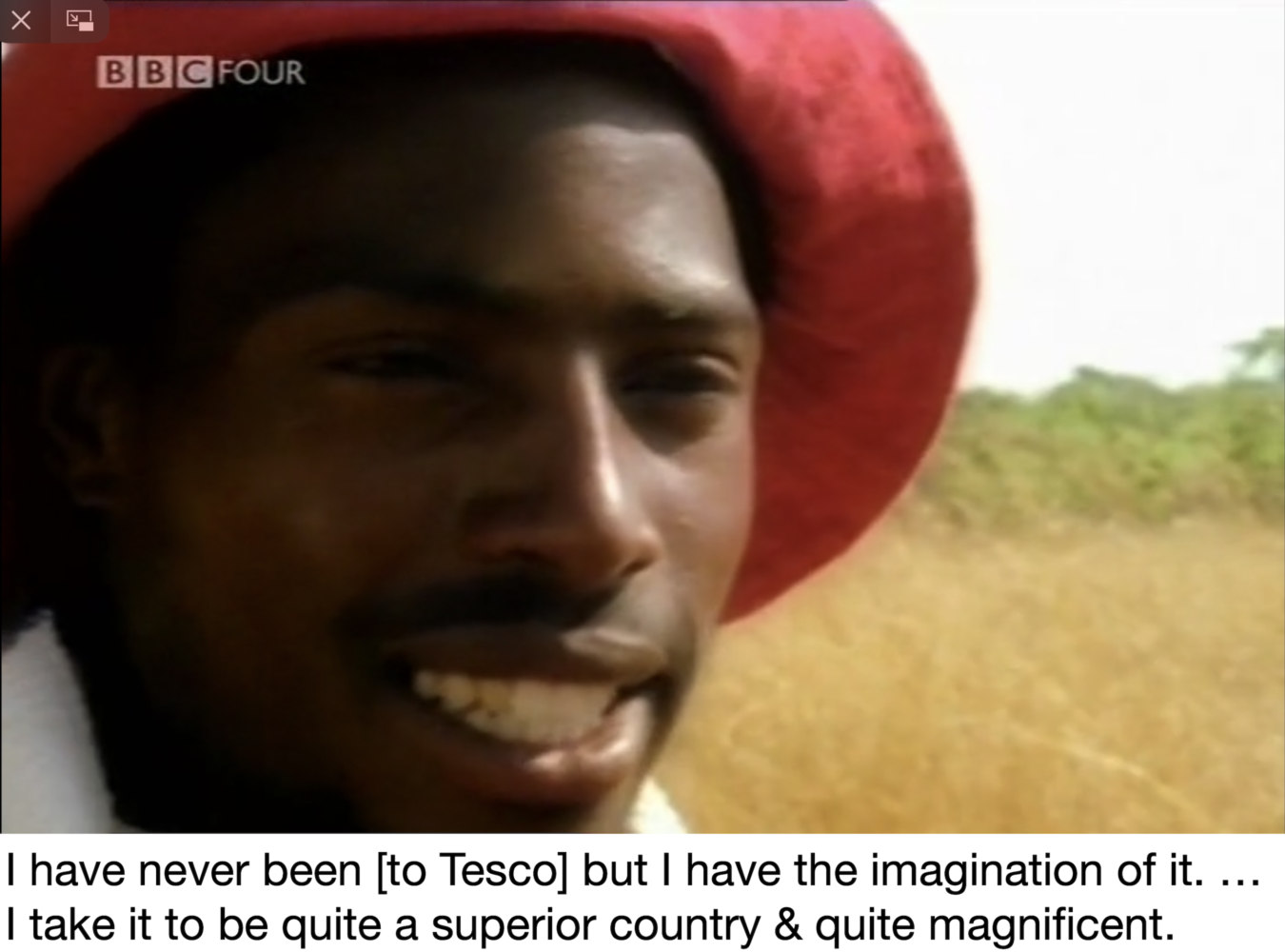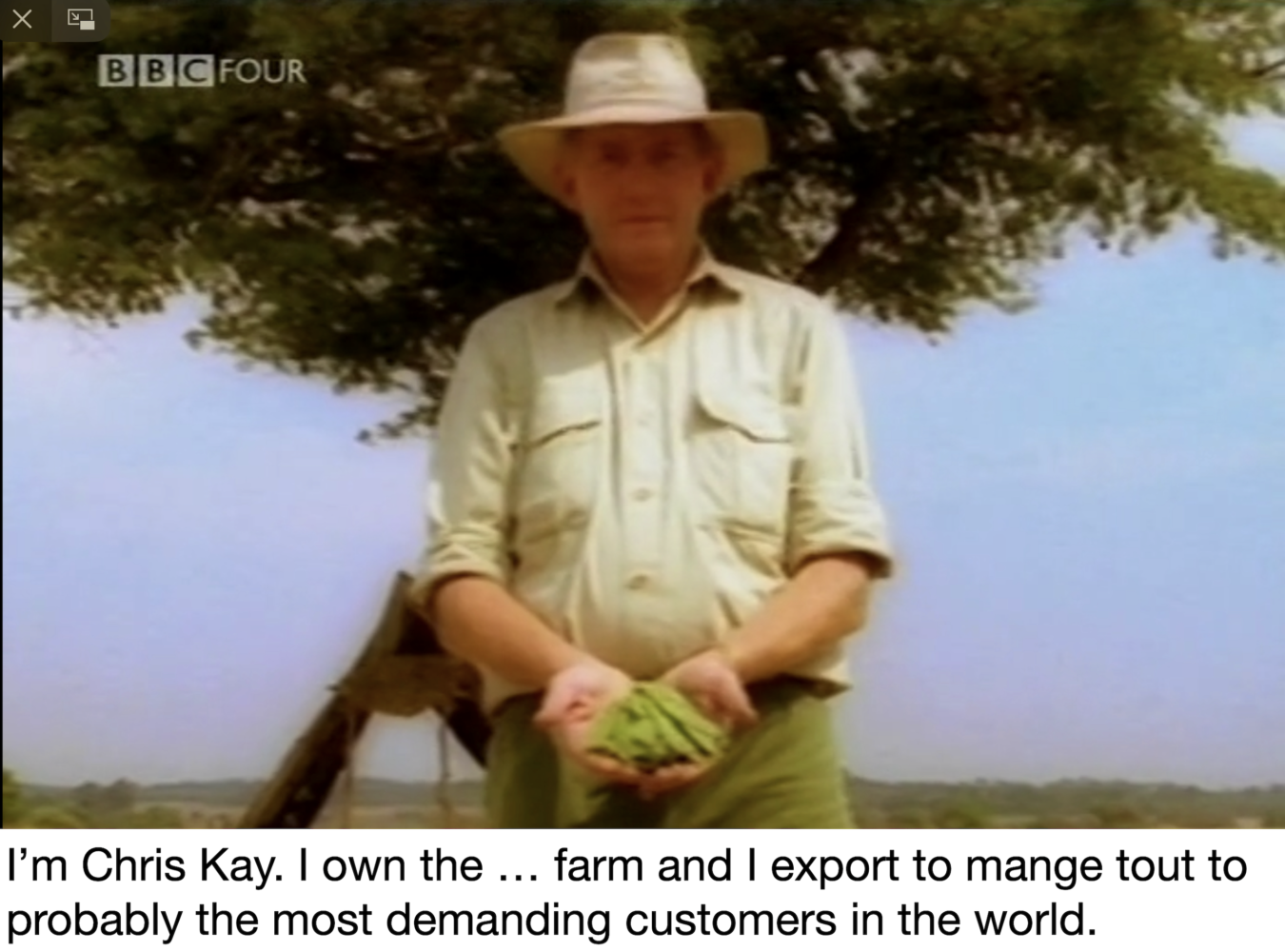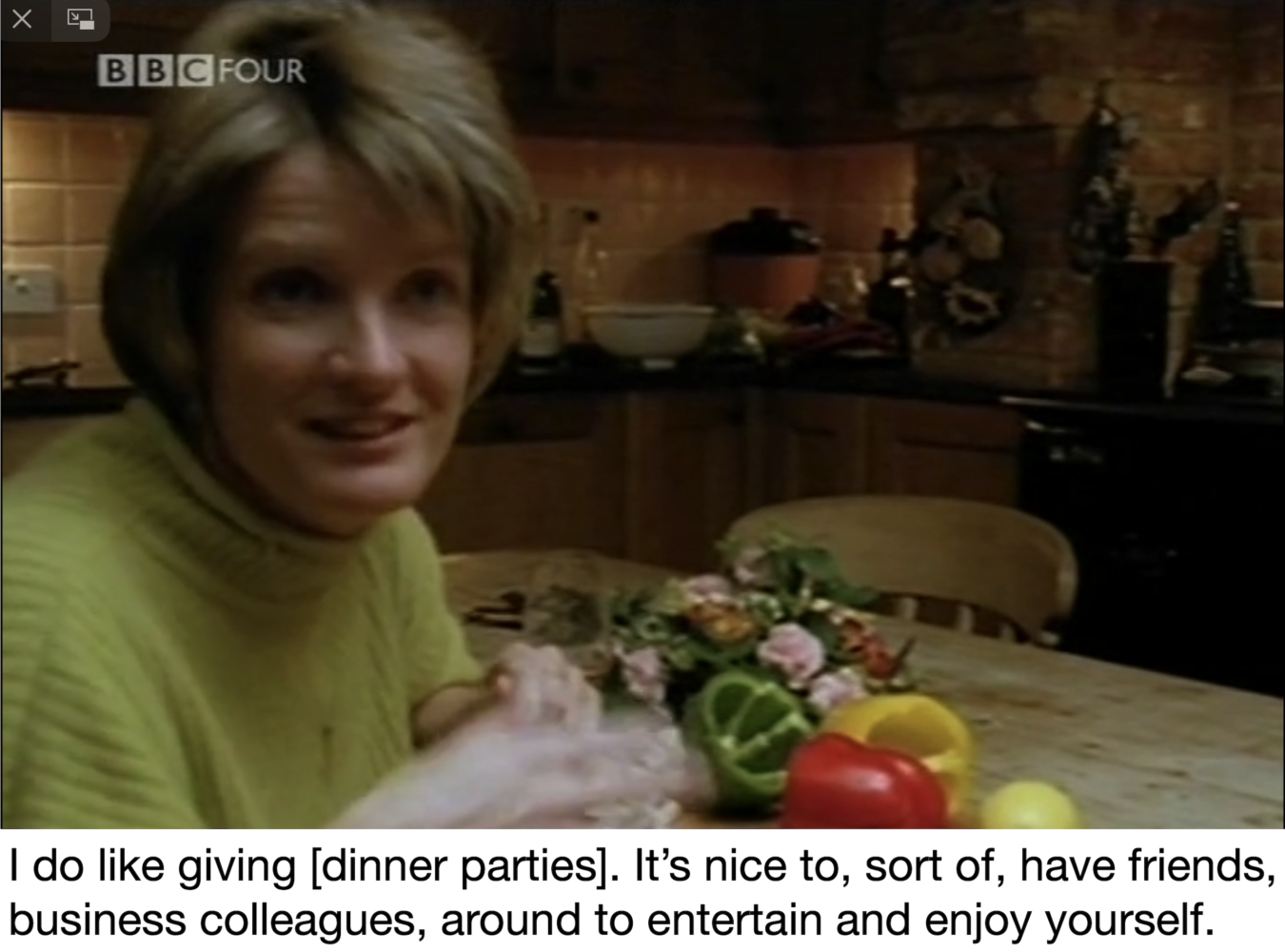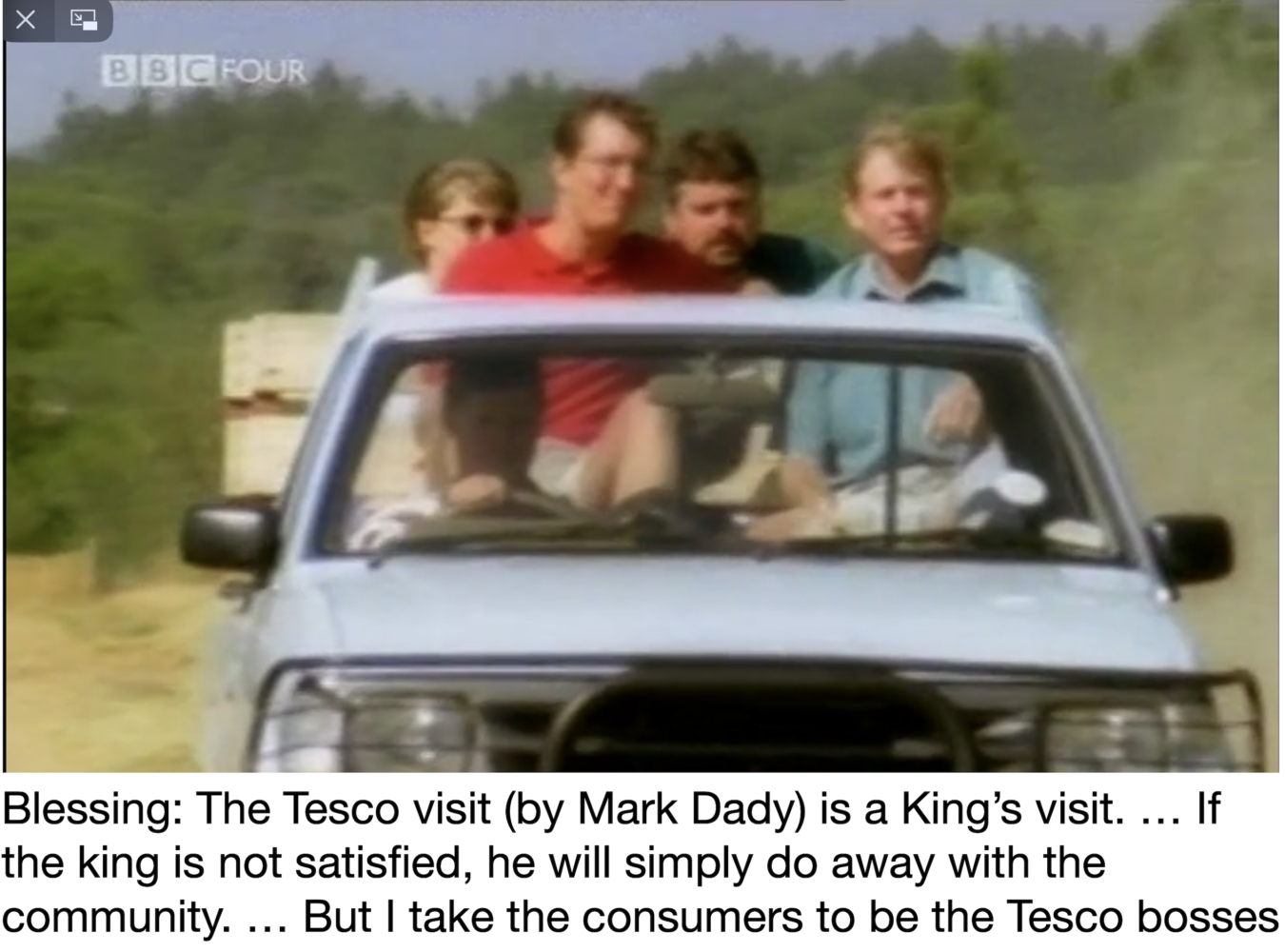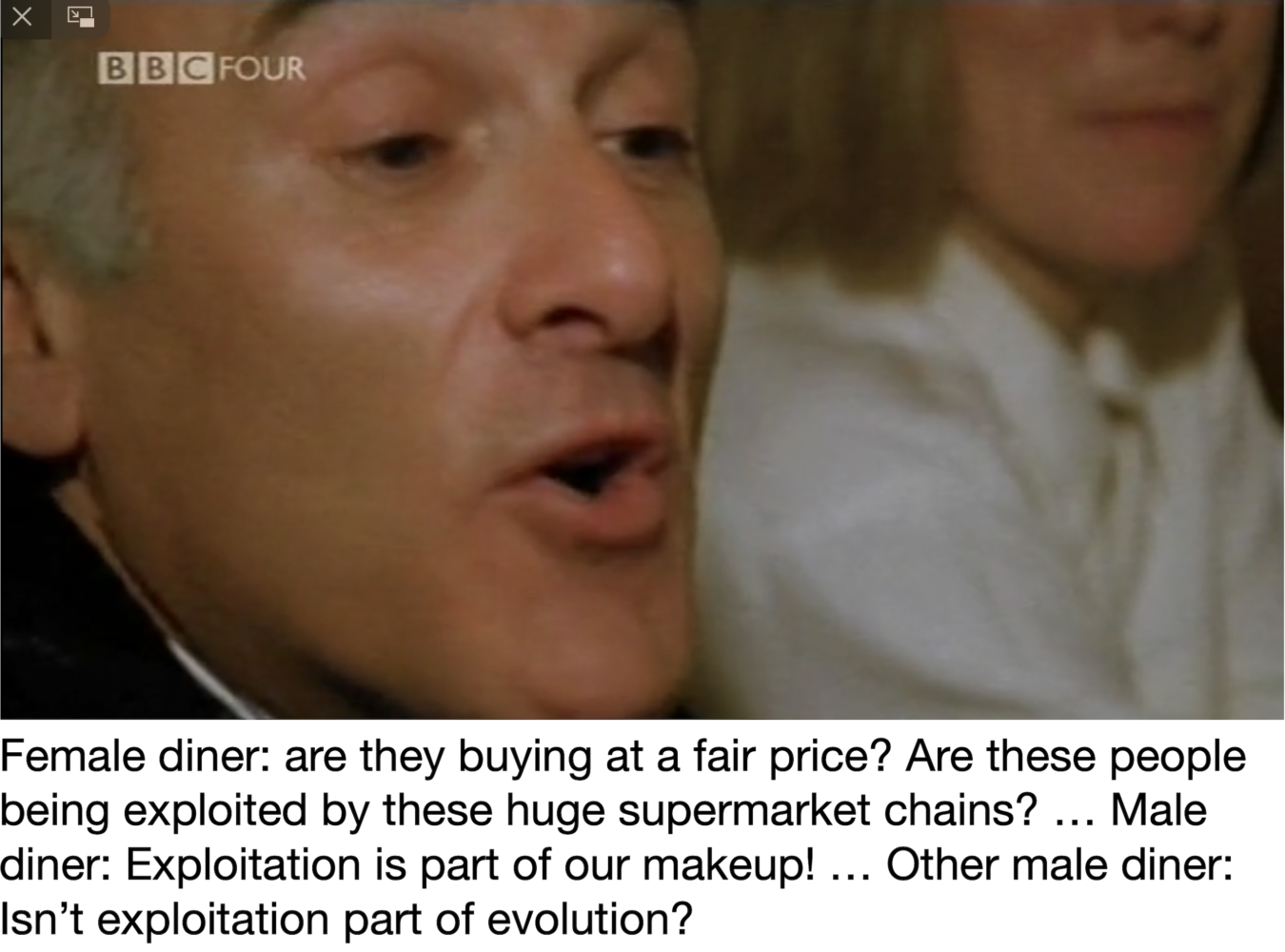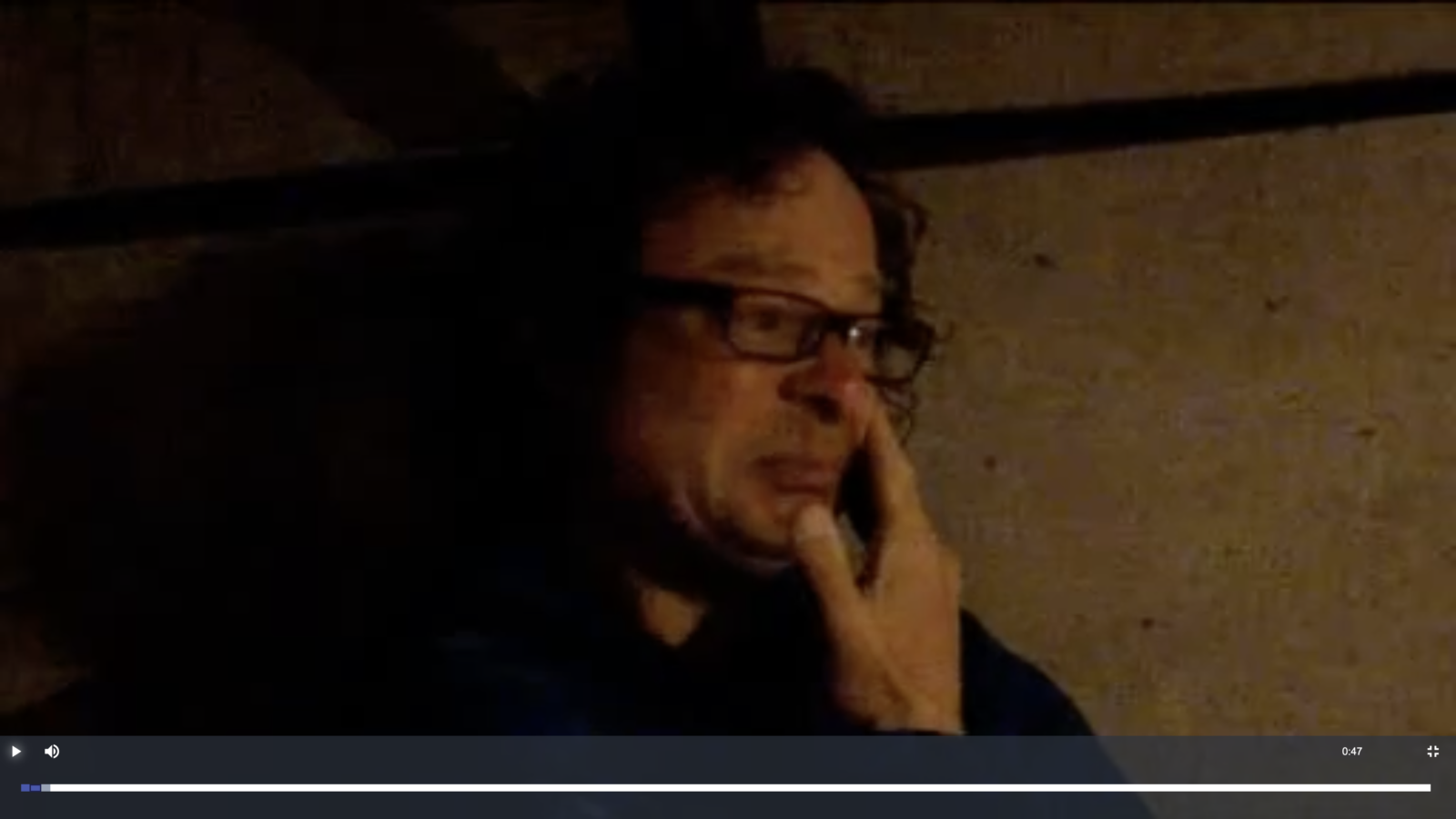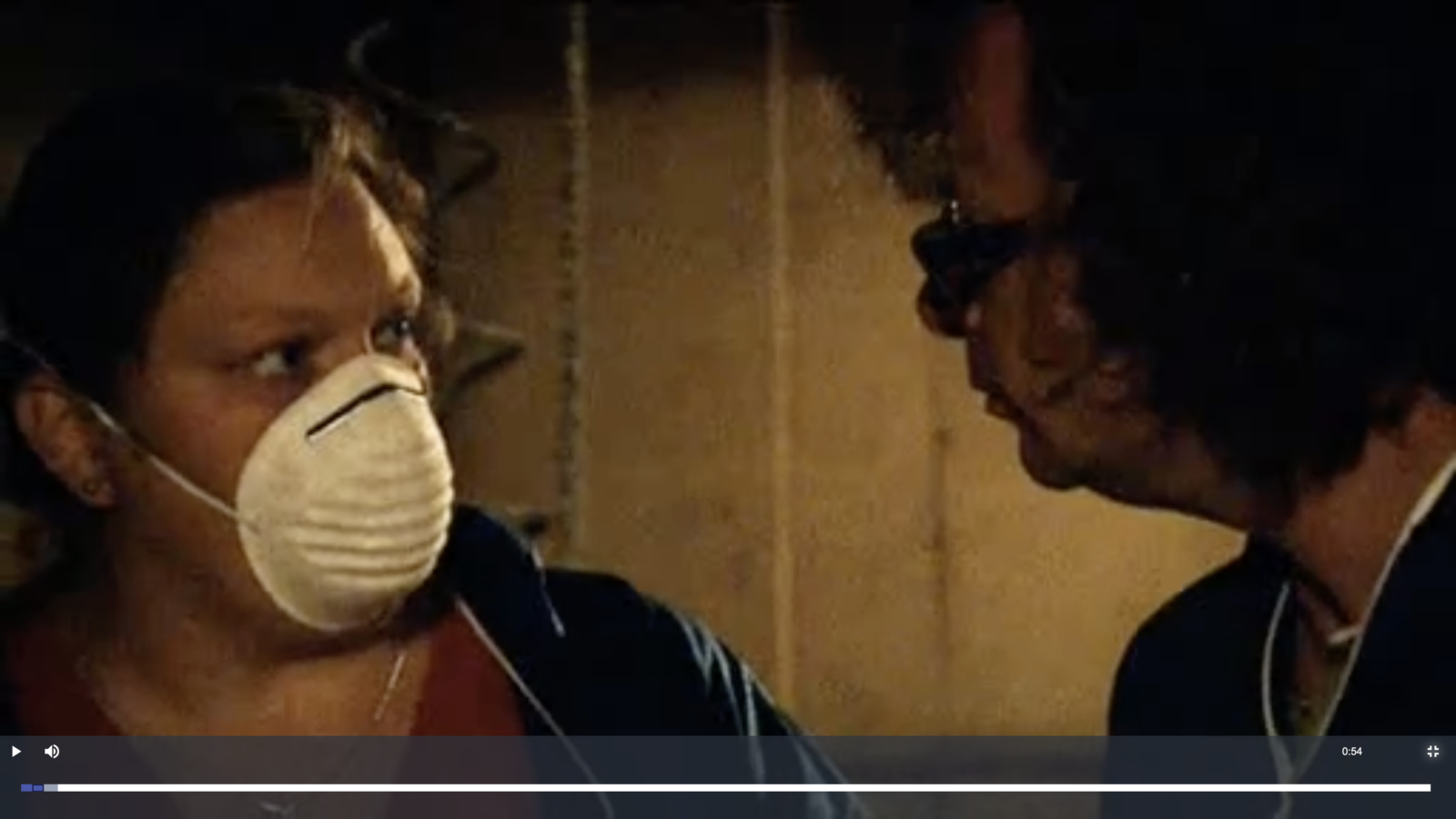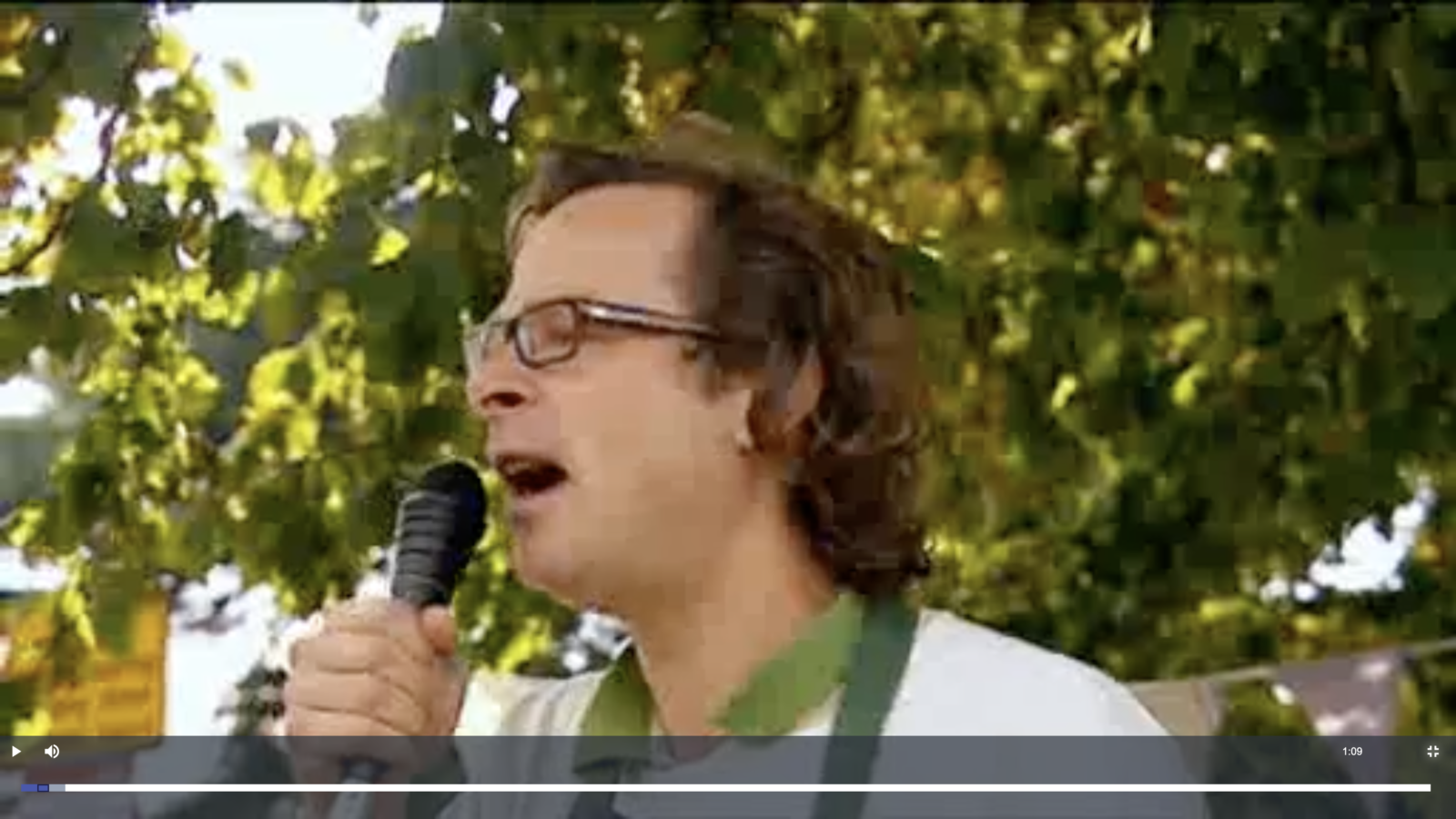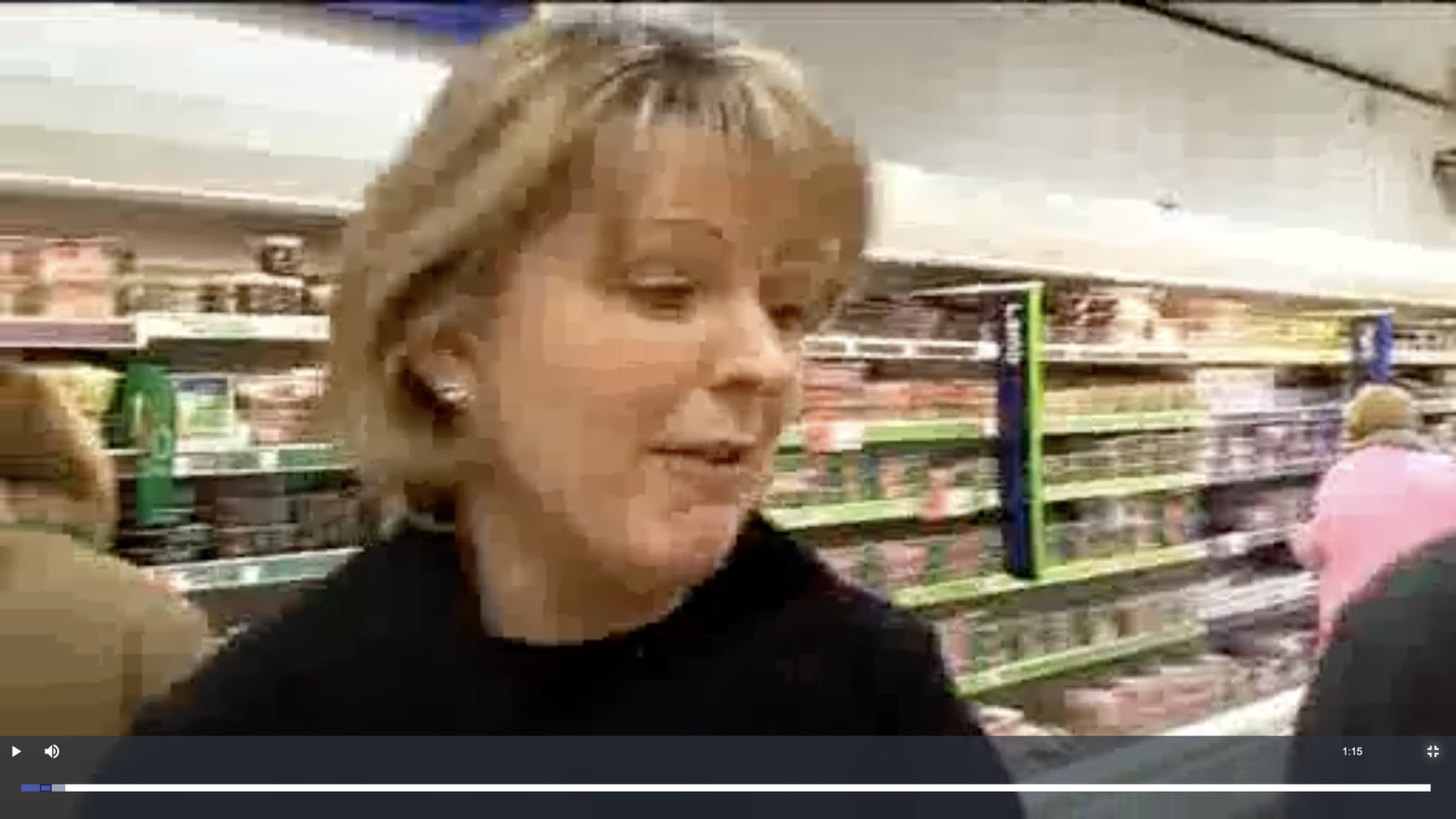
followthethings.com
Gifts & Seasonal
“Those With Justice: A Disney Factory In China (+ Looking For Mickey Mouse’s Conscience – A Survey Of The Working Conditions Of Disney’s Supplier Factories in China)“
A short film directed by Karin Mak and translated by Jessie Wang for, and an NGO Report published by, Students & Scholars Against Corporate Misbehaviour (SACOM) & Sweatshop Watch.
Watch the film in full above. Read the report – here.
Inspired by student anti-sweatshop activism in the USA, students in Hong Kong come together to protest the opening of Hong Kong’s Disneyland. They visit the factories where the Disney merch that is going to be sold there is made. They talk to the factory workers, and are horrified by what they learn. There are dangerous and exploitative labour practices behind the happy smiling image of Mickey Mouse and Friends. One group of students – who call themselves Students and Scholars Against Corporate Misbehaviour (or SACOM) – write a report about the working conditions in four of Disney’s hundreds of Chinese supplier factories. It’s called Looking for Mickey Mouse’s Conscience – A Survey of the Working Conditions of Disney’s Supplier Factories in China. They do this with the help of a California-based NGO called Sweatshop Watch, who send a delegation to China which includes University of California Santa Cruz film studies student Karin Mak. Mak films the factory workers talking about these working conditions, and produces an 11 minute documentary called Those With Justice: A Disney Factory In China. This focuses on one of the four factories – Hung Hing Printing & Packaging – which makes children’s books for Disney. Here, she finds, the workers are constantly reminded about the delicate fingers of Western children. They mustn’t be harmed by paper cuts. That’s why they have to use dangerous hot glue presses to stick the paper covers to hardback copies of a Mickey Mouse’s Haunted Halloween book, for example. The film and the report show images of their burned, crushed and mangled fingers. These injuries are caused by equipment and the speed at which they have to work to meet their targets. Mak’s film is used by SACOM and Sweatshop Watch (and other labour rights NGOs) to launch the report. It helps this Disney sweatshop story to get traction in the international new media. Now Disney is under pressure to respond. What follows is a fascinating to-and-fro between a huge multinational corporation and a small, determined, skilful and well-connected group of Hong Kong students. This is a fascinating and important example of successful trade justice activism. Piecing the story together below, we have found a variety of factors that have contributed to this success – some planned, some not – and a fascinating discussion about what counts as ‘success’.
Page reference: Ian Cook et al (2011) Those With Justice: A Disney Factory In China (+ Looking For Mickey Mouse’s Conscience – A Survey Of The Working Conditions Of Disney’s Supplier Factories in China). followthethings.com/those-with-justice.shtml (last accessed <insert date here>)
Estimated reading time: 56 minutes.
Continue reading Those With Justice: A Disney Factory In China (+ Looking For Mickey Mouse’s Conscience – A Survey Of The Working Conditions Of Disney’s Supplier Factories in China)


